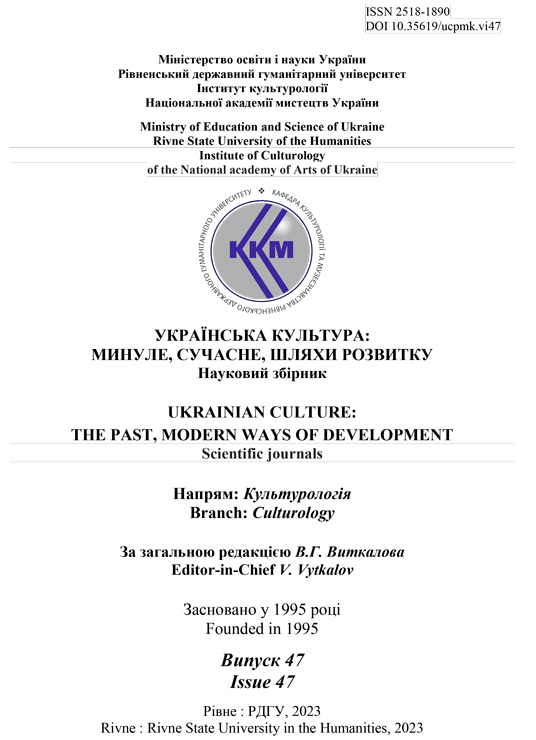A WALL IS AN ARCHITECTURAL PART OR AN ILLUSION OF PROTECTION
DOI:
https://doi.org/10.35619/ucpmk.v47i.719Keywords:
city architecture, walls, demarcation lines, state borders, cultural isolation.Abstract
It is represented that the construction of massive walls has lost its fortification meaning and objects of previous eras remain as relics. In the context of the specifics of the problem, examples of the architectural construction and functioning of the walls of the most famous metropolises in different historical periods are considered. It was established that in the modern world, which is constantly fragmenting, it is more appropriate to have separate barriers rather than protective fortifications to clearly define the territory of each state. It is shown that a further detailed consideration of the evolution of man-made defensive structures will provide an opportunity to predict the structure and functions of demarcation lines between world states. The purpose of the work was to trace the diachronic dimensions of humanity's strategy in the process of building protective walls in architectural, technological, social and civilizational contexts, outlining rational perspectives.
Conclusions. The evolution of wall construction went from the construction of walls surrounding the city to the enclosure of individual territories or even countries. However, not every one of these walls was able to provide protection against enemy aggression. In the period between the 18th and 20th centuries, the wall moved away from its own historical
reality and began to serve as a symbol of a certain nation. The remains of the former mighty walls are today monuments of a lost world, representing rather archaeological interest. The experience gained in the course of history has not provided humanity with reliable man-made security barriers. In today's global world, there are no reliable walls, because weapons
are also global. Currently, only separation barriers that can improve the quality of the border service make sense.
Territorial misunderstandings between neighboring states can only be resolved by the goodwill of peoples.




